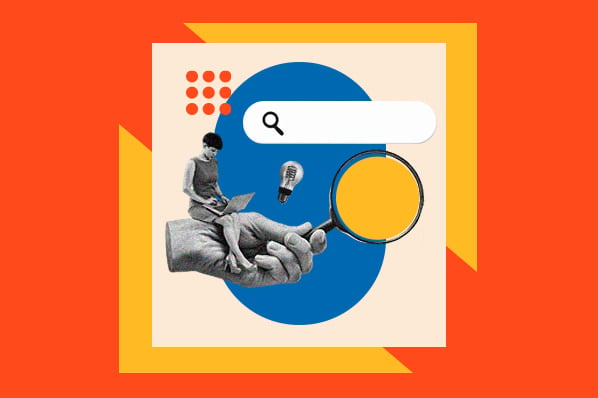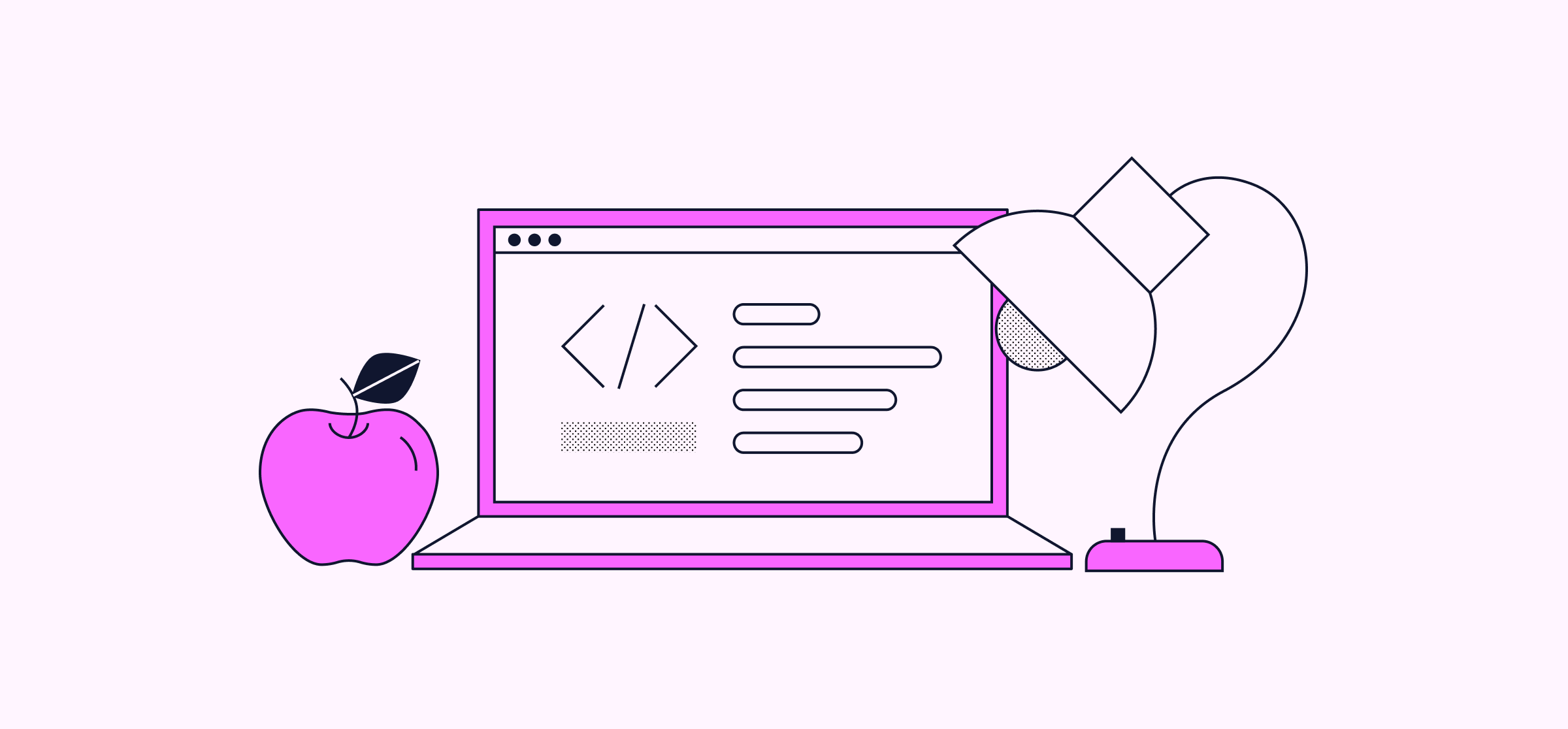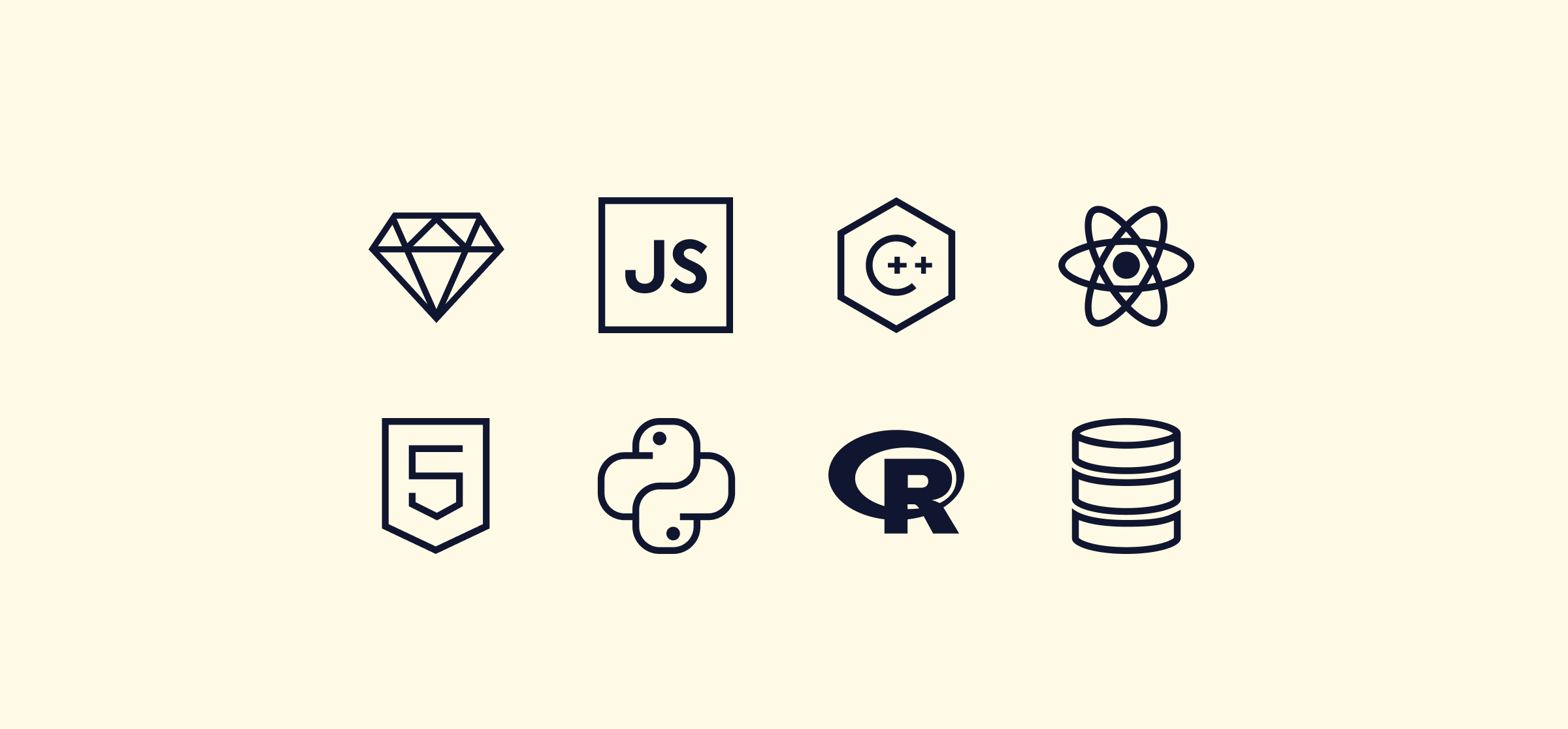The Ultimate Guide to Formulating Your Content Marketing Funnel Strategy
In the rapidly evolving landscape of modern business, content marketing has emerged as a fundamental strategy for organisations aiming to engage with their audience, drive conversions, and foster lasting relationships. Are you grappling with the challenge of creating content that not only captures attention but also resonates with your target audience, guiding them seamlessly through […]

In the rapidly evolving landscape of modern business, content marketing has emerged as a fundamental strategy for organisations aiming to engage with their audience, drive conversions, and foster lasting relationships. Are you grappling with the challenge of creating content that not only captures attention but also resonates with your target audience, guiding them seamlessly through the buyer journey? You’re not alone. Recent data from Ahrefs reveals that an overwhelming 82% of marketers are now investing in content marketing and social media content marketing, underscoring its indispensable role in today’s business landscape.
What is a Content Marketing Funnel?
At its core, a content marketing funnel serves as a strategic framework designed to orchestrate the journey of potential customers from initial awareness to eventual conversion. It maps out the progression of individuals as they interact with various forms of content, guiding them through distinct stages of engagement and ultimately towards becoming loyal patrons of a brand.
The content marketing funnel is an integral component of a holistic content marketing strategy, providing a roadmap for deploying different types of content to accomplish specific objectives at each stage of the customer journey. By understanding the nuances of the funnel and tailoring content accordingly, marketers can effectively nurture prospects, build trust, and drive meaningful outcomes for their business.
Stages of the Content Marketing Funnel
Top of the Funnel (TOFU):
The journey commences at the top of the funnel with a content marketing agency. This is the inception point of the buyer’s journey, bustling with activity. At this stage, individuals are in the initial phases of their purchasing voyage, often unaware of the brand’s existence. The primary objective here is to captivate the attention of a diverse audience and acquaint them with the brand. Content tailored for the top of the funnel is predominantly educational and informative, addressing prevalent queries and pain points of the target demographic.
TOFU is a critical phase, gauged by various metrics:
Organic, referral and total traffic metrics showcase the volume of visitors drawn to the brand’s content.
Social media engagement metrics such as shares, comments, and likes indicate the level of interest and interaction.
Mentions by influencers and media amplify brand visibility and credibility.
On-site engagement metrics like bounce rate and time spent on the page reflect the effectiveness of content in retaining audience attention.
Newsletter and social media subscriptions signify audience interest and willingness to stay connected.
Content at this stage serves to educate and provide value, steering users towards the brand’s website and initiating the relationship-building process.
Middle of the Funnel (MOFU):
As prospects advance through the funnel, they enter the middle stage, where the emphasis shifts to nurturing leads and offering comprehensive insights into the brand’s offerings. Content in this phase is strategically crafted to bolster credibility, demonstrate expertise, and forge a deeper connection with the audience.
The middle of the funnel serves as a pivotal point in the buyer’s journey, where prospects are actively seeking more detailed information to inform their purchasing decisions. Marketers utilise various content formats such as case studies, product demonstrations, and comparison guides to showcase the value proposition of their offerings and differentiate themselves from competitors.
By providing valuable and relevant content tailored to the needs and interests of the audience, marketers can effectively engage prospects, build trust, and guide them closer towards conversion. This stage plays a crucial role in nurturing leads and fostering meaningful relationships with potential customers, laying the groundwork for long-term success in the customer journey.
Bottom of the Funnel (BOFU):
The ultimate phase of the funnel is the bottom of the funnel, where prospects stand at the brink of making a purchase decision. Here, content takes on a highly targeted and persuasive approach, meticulously designed to address specific objections and compel prospects to take the definitive leap towards conversion.
At the bottom of the funnel, marketers deploy tailored content strategies aimed at overcoming any remaining barriers to conversion and solidifying the prospect’s intent to purchase. This involves leveraging persuasive techniques such as customer testimonials, product demonstrations, and limited-time offers to instil confidence and urgency in the prospect’s decision-making process.
By strategically aligning content with the needs and preferences of prospects at this critical juncture, marketers can effectively guide them towards the final stage of the buyer’s journey and facilitate a seamless conversion. The bottom of the funnel represents the culmination of the marketing effort, where the successful execution of targeted content can yield tangible results in terms of sales and revenue generation.
Understanding the Buyer’s Journey in Content Marketing
The content marketing funnel operates by supplying potential customers with the information they need at each stage of the buyer’s journey. This approach aims to build trust with potential customers and guide them toward making a purchase decision. Understanding the buyer’s journey is crucial for tailoring content that resonates with the target audience throughout their decision-making process.
The buyer’s journey can be broken down into three main stages: awareness, consideration, and conversion. In the awareness stage, individuals identify a problem or need that requires attention. Marketers can provide educational content to help prospects recognise and comprehend their challenges, thereby establishing trust and credibility early in the buyer’s journey. Content such as blog posts, ebooks, educational videos, and infographics is effective in capturing attention at this stage.
Transitioning to the consideration stage, prospects actively evaluate potential solutions to their problem. Here, marketers have an opportunity to showcase their expertise through product comparisons, demo videos, and case studies. By demonstrating how their products or services address customer needs, marketers can guide prospects towards considering their brand as a viable solution.
Finally, in the conversion stage, prospects are ready to make a purchasing decision. Marketers can leverage persuasive content such as testimonials, case studies, and limited-time offers to encourage prospects to take the final step towards conversion. Free trials or discount codes can further incentivise prospects to make a purchase, while strategically repurposed client testimonials and success stories reinforce the value proposition of the brand.
Every buyer’s journey is unique, and while the overarching framework of awareness, consideration, and conversion remains consistent, individual journeys may deviate from this model. Therefore, marketers need to adapt their content strategies to meet the specific needs and preferences of their target audience at each stage of the funnel.
Understanding the buyer’s journey is paramount for effective content marketing. By delivering valuable, educational content tailored to the needs of prospects at each stage of the funnel, marketers can build trust, establish credibility, and ultimately drive conversions for their business.
Content Strategy for Each Phase
Crafting an effective content marketing strategy necessitates a thorough understanding of the distinct needs and preferences of the target audience at each stage of the funnel. By tailoring content strategies to resonate with prospects at various phases, marketers can enhance engagement and drive conversions.
Content Strategy for Top of the Funnel (TOFU):
At the top of the funnel, the primary focus lies on capturing attention and fostering brand awareness. Marketers achieve this by developing educational and informative content that addresses the interests and concerns of the target audience, all while maintaining a non-promotional tone. By providing valuable insights and solutions to common queries, brands can establish themselves as trusted sources of information, laying the groundwork for future interactions.
Content Strategy for Middle of the Funnel (MOFU):
Transitioning to the middle of the funnel, the emphasis shifts towards nurturing leads and delivering more detailed information about the brand’s offerings. Marketers employ content such as product demonstrations, case studies, and comparison guides to showcase the unique value proposition of their products or services. By highlighting key features and benefits, brands can differentiate themselves from competitors and solidify their position in the minds of prospects as credible solutions providers.
Content Strategy for Bottom of the Funnel (BOFU):
In the final stage of the funnel, the primary objective is to facilitate conversions by addressing specific objections and instilling confidence in prospects’ purchase decisions. Marketers deploy content such as customer testimonials, free trials, and limited-time offers to incentivise action and alleviate any remaining doubts or hesitations. By providing social proof and tangible demonstrations of value, brands can encourage prospects to take the final step towards becoming loyal customers.
By aligning content strategies with the unique requirements of each funnel stage, marketers can effectively guide prospects through the buyer journey and drive meaningful outcomes for their business. Each phase presents distinct opportunities to engage with the audience and nurture relationships, ultimately leading to increased brand awareness, customer loyalty, and revenue generation.
Measuring Success in the Content Marketing Funnel
Tracking and assessing the performance of the content marketing funnel is vital for refining strategies and fostering ongoing improvement. Key performance indicators (KPIs) serve as invaluable tools for gauging the efficacy of each stage within the funnel and pinpointing areas for enhancement. Here’s a breakdown of essential metrics to consider:
Traffic Acquisition:
Evaluation of web traffic initiation commences at the top of the funnel, also known as the ‘awareness stage.’ Metrics such as page views, unique visitors, click-through rates (CTR), SEO rankings, and related keyword metrics are paramount. Additionally, social media platforms offer valuable insights into audience engagement, with indicators such as social shares, likes, and comments providing clues about the level of interest in the content journey.
Conversion Rates:
Transitioning to the middle (MOFU) and bottom (BOFU) stages of the funnel, attention shifts towards monitoring conversion rates. Marketers should focus on metrics such as newsletter sign-ups, form completions indicating potential leads, and actual sales or referrals for services. These metrics offer insights into the success of content in driving prospects towards conversion and achieving tangible business outcomes.
Customer Retention:
Customer retention emerges as a critical aspect in assessing funnel performance. Metrics such as repeat purchases, customer satisfaction scores, and brand loyalty indicators provide valuable insights into the long-term impact of content marketing efforts on customer engagement and retention. Successful post-purchase retention strategies, including email marketing campaigns and loyalty program involvement, play a pivotal role in nurturing lasting relationships with customers.
By diligently analysing these metrics and iteratively optimising content strategies, marketers can enhance the effectiveness of the content marketing funnel and foster sustainable business growth. Continual analysis using such measures facilitates iterative optimisation, paving the way for enhanced performance in future funnels. It is essential to recognise that optimal performance is not solely about reaching a larger audience but about efficiently engaging the right individuals – those who seamlessly transition from fleeting guests to loyal patrons, navigating through the marketing awareness funnels successfully.
Conclusion
The content marketing funnel represents a powerful framework for guiding prospects through the buyer journey and driving meaningful outcomes for businesses. By understanding the stages of the funnel, tailoring content strategies to meet the needs of the target audience, and measuring success through key performance indicators, marketers can unlock the full potential of content marketing and achieve their business objectives in today’s competitive landscape.
FAQs
How can businesses measure the success of their content marketing funnel?
Businesses can measure the success of their content marketing funnel by tracking key performance indicators (KPIs) such as traffic acquisition, conversion rates, and customer retention. These metrics provide insights into the effectiveness of content in engaging prospects and driving them towards conversion, allowing businesses to refine their strategies for ongoing improvement.
Why is it important to understand the buyer's journey in content marketing?
Understanding the buyer's journey is essential for tailoring content that resonates with the target audience throughout their decision-making process. By delivering valuable, educational content at each stage of the funnel, businesses can build trust, establish credibility, and ultimately drive conversions for their business.
How can businesses optimise their content strategy for each phase of the funnel?
Businesses can optimise their content strategy for each phase of the funnel by tailoring content to meet the specific needs and preferences of their audience. This involves developing educational and informative content for the top of the funnel, delivering more detailed information about offerings in the middle of the funnel, and providing targeted, persuasive content to facilitate conversions at the bottom of the funnel.
What's Your Reaction?








![The Most Common Leadership Styles & How I Found Mine [Expert Insights]](https://www.hubspot.com/hubfs/leadership-styles-4.jpg)
![PowerPoint Tips to Present Like a Pro [Expert Advice & Free Templates]](https://www.hubspot.com/hubfs/powerpoint-design-tricks_7.webp)






























.png)











































